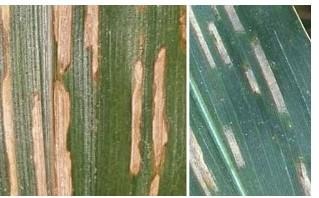Cattle are the most common and widespread species of large ruminant livestock and are raised primarily for their milk, meat, and skin. To help increase efficiency, productivity, and sustainability of cattle production, the Food and Agriculture Organization of the United Nations (FAO) organized a knowledge-exchange workshop for smallholders on 1-2 December in Budapest, Hungary. The objective of the event was to gather experts and sector representatives to share knowledge, skills, and successful initiatives, with a particular emphasis on cattle production.

In Europe and Central Asia, cattle are a popular choice of livestock among smallholder farmers because the animals can contribute diverse assets to the farm. They are an important source of food, and income and employment as well as fertilizer, and can be useful in weed control and management of marginal lands.
“In many countries of Europe and Central Asia, cattle breeding is done almost exclusively by family farmers, therefore, every improvement in cattle production can have further positive repercussions in rural areas and farmers’ livelihoods,” said Tibor Szucs, FAO livestock production specialist.
However, the potential of cattle and cattle production in delivering these benefits is much bigger than is currently being realized.
“Appropriate development measures, together with well-designed programmes for local breeds can bring about multiple improvements: these would not only ensure better production, but also increase resilience of the sector and farmers alike, not to mention the possible advances in preserving genetic diversity that is inevitable for sustainable production,” Szucs added.
Click here to see more...